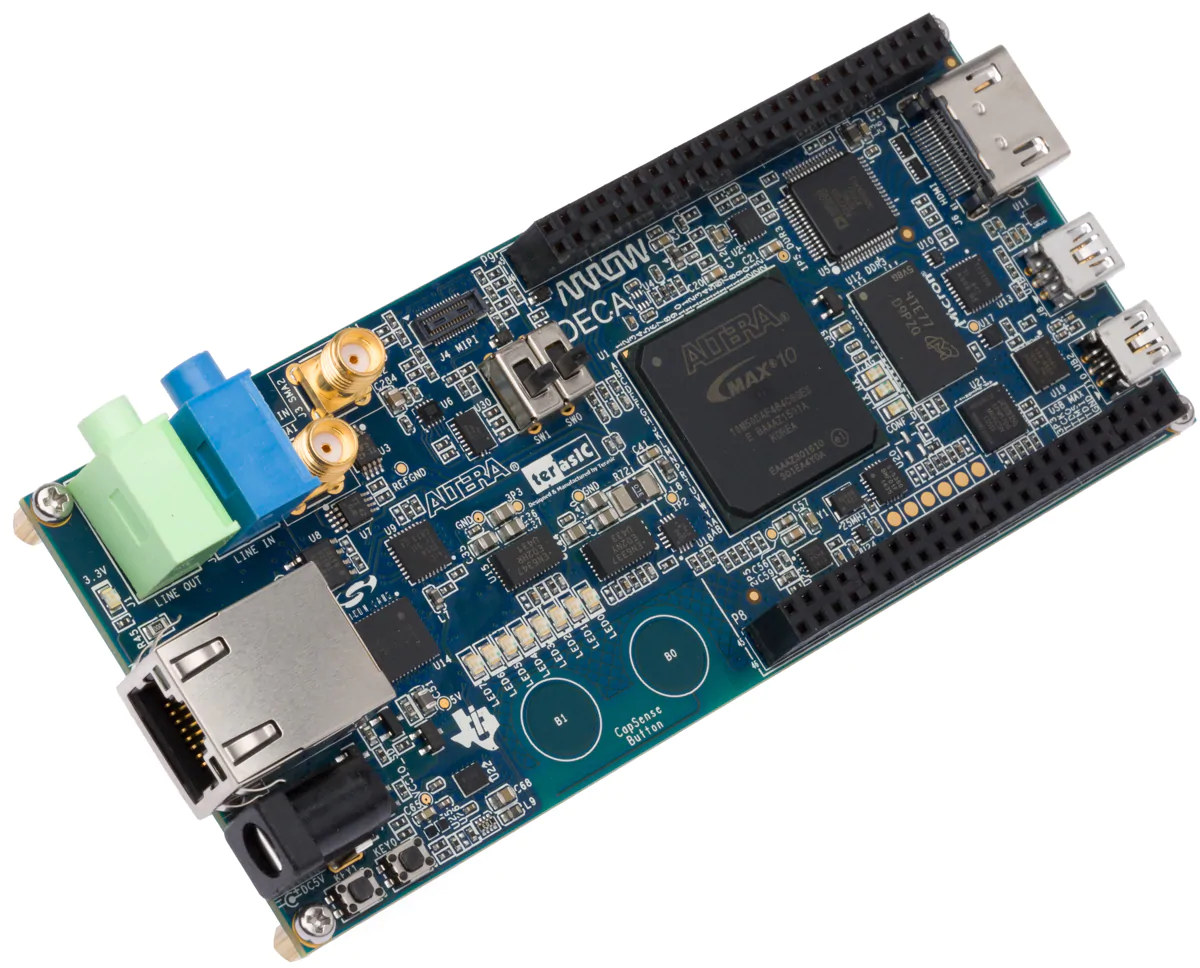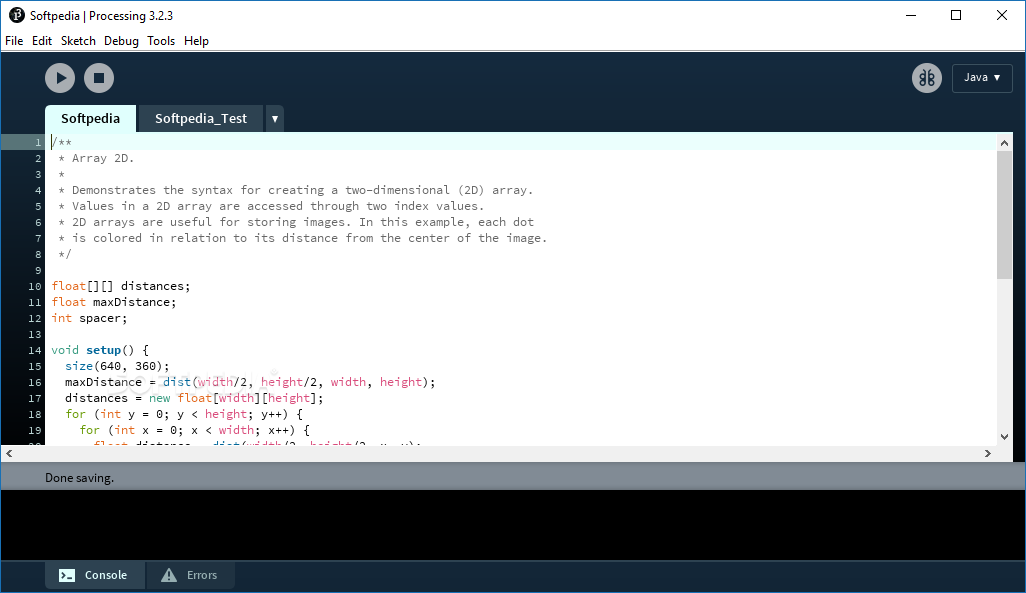

- #How to use intel flash programming tool drivers
- #How to use intel flash programming tool update
- #How to use intel flash programming tool mods
- #How to use intel flash programming tool windows 8
Can you dump DWORD at I/O port 0x1830 ? What is the value ? Ð The value of D31:F5, offset 0xDC is 0x00Ģ. Can you dump your PCI CFG space register bus 0, dev 0x1f, function 5, offset 0xDC ? What is the value ? Here is some information for your questions:ġ.
#How to use intel flash programming tool update
You only want to update the bios.ĥ383 5384From: On Behalf Of Kiet Pham Sent: Thursday, Octo9:45 PM To: Subject: Re: Using Flash Programming Tool cause Flash Access Error In order to flash a BIOS you will need to remove the capsule from the firmware image provided by your system manufacturer. If prr can't remove the protection you're most likely out of luck, even though might be ways for certain systems, but the chances are pretty small.

Put both on an USB drive which can boot DOS, boot from it and execute the prr.exe, if it manages to remove the protection on your system it will tell you 'ready to flash', in this case go ahead and directly flash with fpt, without rebooting before doing so. If the tool comes up with an 'Error 28', download the attached 'prr' utility, as well as the DOS version of the flash tool. You will have access to the BIOS region for obvious reasons, but the second point can only be figured out by trying to flash a BIOS. You can't flash an encapsulated firmware image, only the pure bios region. The OEM or BIOS vendor omitted to set an additional flash lock. BIOS region of the flash memory must have write permissions The requirement for it to work on a system are the following: It's a very powerful application which supports the most common flash memory chips. In Intel systems the flash chip is directly wired to the PCH, and it can be accessed by an Intel utility called Flash Programming Tool. The only way to get around those new restrictions is to directly program the firmware flash memory and therefore leave out the verifying of the image. The solution (at least for some systems):

It simply isn't possible anymore to flash digitally signed bios which have been modified, there's no way around the signature, at least not with the usual tools.
#How to use intel flash programming tool drivers
On the second picture you can see that the system verifies the firmware image even before it loads the drivers required for the flash.įor bios modders or people who want to use modified firmware, the consequences of this are severe. These two pictures explain the idea behind secure firmware updating very clearly: This updating protections is active even if you don't enable secure boot. Since secure boot looses its purpose if firmware updates aren't verified and protected as well, the latest UEFI implementations come with a secure firmware upgrading procedure which makes sure that only properly signed and unmodified images can be flashed.
#How to use intel flash programming tool windows 8
With the appearance of Windows 8 and Microsoft's requirement for OEMs to support 'secure boot' in order to get the Win8 certificate for their machines, a lot of the most recent systems (notebooks and desktops) use now firmware which is digitally signed. If you know other ways to get around the current firmware updating restrictions (per software), please let me know. I hope this will be useful to some of you.
#How to use intel flash programming tool mods
Since some of the more recent bios mods require the tool described below in order to allow flashing, I decided to share some information about it.Īlso I really don't like how users get locked out of their own hardware, this is a way to circumvent a couple of the more recent restrictions of certain systems. This article is meant as an explanation for interested / advanced users. * It still won't work for all of them, but for some it does. * This is only for systems with Intel chipsets.


 0 kommentar(er)
0 kommentar(er)
